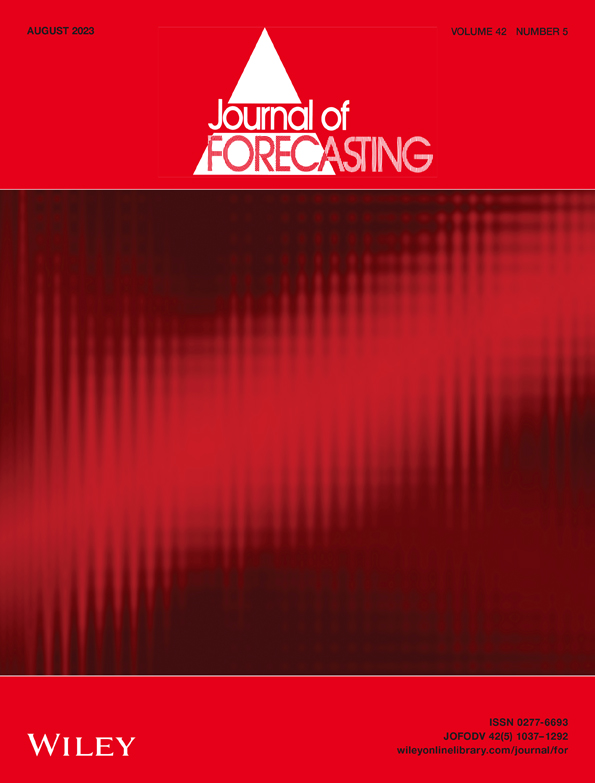Does herding effect help forecast market volatility?—Evidence from the Chinese stock market
Abstract
This paper aims to study the predictive power of market herding effect for market volatility. We extend the widely used four types of linear HAR models by incorporating the market herding index and further introduce a nonlinear forecasting mechanism by using two machine learning algorithms—support vector regression (SVR) and random forest (RF). All the methods are applied to the Chinese stock market. We evaluate their in-sample and out-of-sample performances for various prediction step lengths. The results show that according to the RMSE and MAE, for the daily volatility prediction, the extra herding factor makes no significant contribution, and the linear model has no significant difference with the algorithms as well, whereas with the increase of step length, the herding factor shows a significant power in the weekly, monthly, and quarterly prediction, and meanwhile, the RF algorithm outperforms the other methods. However, for the QLIKE, the herding factor always significantly improves the predictions for all kinds of step lengths and methods, and the SVR algorithm with the herding factor is dominant. Overall, the herding factor helps forecast the volatility, and the extent to which the precision is improved takes on an inverted “U” shape with the increase in step length. The two algorithms are superior to the linear model, especially for the longer-term prediction, and the herding factor can help enlarge this advantage, which implies a nonlinear relationship between the herding and volatility. Besides, the extra liquidity factor plays no significant role in the volatility prediction, but the continuous variation (CV), jump variation (JV), and leverage effect are helpful in most cases.
Open Research
DATA AVAILABILITY STATEMENT
The data that support the findings of this study are available from the corresponding author upon reasonable request.




